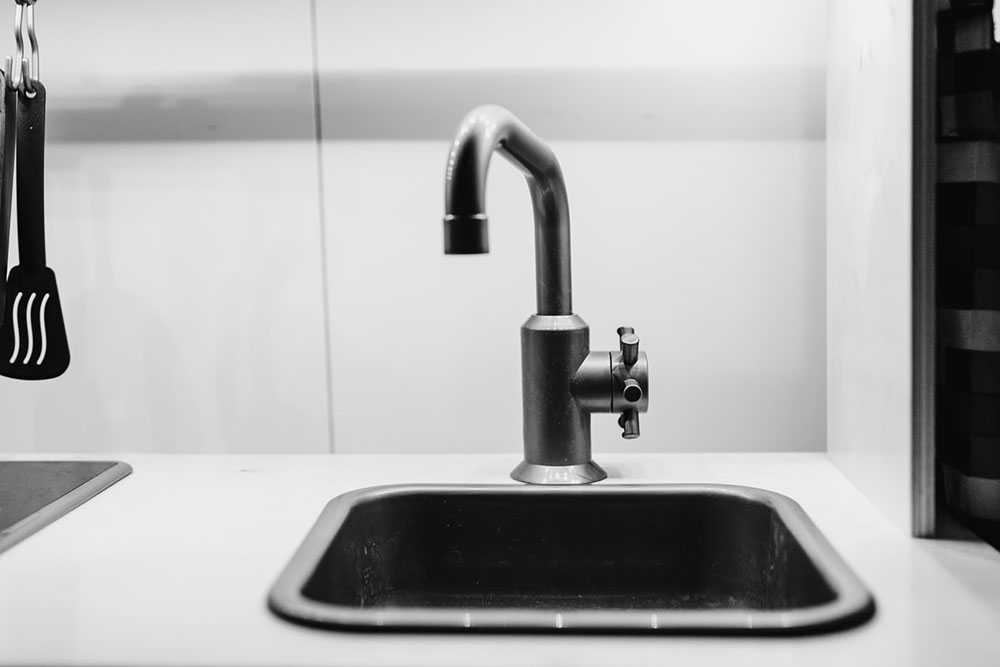One of the best things you can add to your home is a water filtrations system. Filtered water reduces your family’s exposure to lead, fluoride, and other potential carcinogens. Water that’s filtered also smells and tastes better, and it can help you avoid bottled water, which is bad for the environment.
Given that water is the source of life, it’s crucial to have accessible and safe drinking water to safeguard and maintain health at all times. Specifically, water is a major blood component necessary for cellular growth, oxygenation, metabolism, and other organ functions. For these reasons, every household needs a water filtration system to ensure safe drinking water for the entire family.
There are many ways to filter water, such as using a hybrid water purifier with advanced and innovative water filtration systems, promising to bring homeowners the best-tasting water. Aside from a hybrid water purifier, there are many other modern water filters with varying installation techniques, features, benefits, and prices. Hence, consumers have plenty of water filter options to choose from when planning to install one for their household.
Knowing where to get started with a water filtration system can be a bit overwhelming because there are so many different kinds.
With that in mind, the following are some of the different types of water filters.
Reverse Osmosis
The gold standard as far as water filtration is reverse osmosis water filtration.
A reverse osmosis system pressurizes fluid before it passes through a filter membrane. The membrane catches impurities and potential toxins, and then the rest of the water passes through to a low-pressure side of the membrane. This means the water retains its naturally-occurring minerals but not the contaminants.
Reverse osmosis, largely because of the water pressure it uses, is considered the most effective water purification available.
Reverse osmosis filters out the most contaminants according to the EPA and is effective at eliminating organisms that cause diseases.
Whole House Systems
There are varying types of whole house water filtration systems that connect to the main water supply in a house and then filter everything throughout. A whole-house system can filter water coming through faucets, showers, dishwashers and washing machines.
Faucet Mount Filters
A faucet mount filter is less expensive than something like an osmosis filtration system. When you turn on your faucet, the water goes through a screen around the filter, which traps sediment like sand.
Then the water goes through carbon and zeolite. Carbon is like a sponge, and it can remove chemicals such as chlorine.
The slower water moves through a carbon filter, the more chemicals can be removed.
The upsides of a faucet mount filter in addition to the fact that it’s lower cost than some other options, is that it’s easy to install.
There are more downsides than upsides, however.
First, faucet-filters aren’t great to look at, and they can make your kitchen look cluttered. The filtration system also isn’t that advanced, and you have to regularly change the filter so the costs can add up.
Countertop Filters
Countertop filters are a broad category, and there are a lot of different styles and types. Most use carbon-based filters, and there’s no installation required, which can be a plus. They’re also fairly inexpensive.
With a countertop filter, there’s usually a hose attachment involved that will move water from the faucet through the filter and then back to the tap.
Some of the downsides of countertop filters include limited capacity and a lack of reliability. They also aren’t aesthetically great and create clutter, plus as is the case with so many filtration systems, you have to continuously change the filters.
Filtration Pitchers
Filtration pitchers are a cheap, convenient way to filter your water. They use carbon filters to reduce water contaminants, although the results aren’t likely to be as thorough as some other types of filtration systems. You can usually find filtration pitchers that range in their capacity from eight cups to a gallon.
You have to refill them often and similarly change the filters frequently.
The downsides of pitchers, as was mentioned, are that they’re not as effective as other options, and they again clutter your kitchen space.
Under-the-Sink Systems
Under-the-sink systems go under your kitchen sink or in a bathroom. You can put them under any sink in your house.
It’s directly connected to your water inlet, and these systems usually come with a tank and dedicated faucet.
An under-the-sink system will typically have a multiple-stage purification process. First, an under-the-sink filtration system might remove sediment like sand and dirt. Then, there are carbon-activated filters and reverse osmosis filters.
From a design standpoint, there’s an appeal to the under-the-sink system since it doesn’t clutter countertops. It’s also convenient, but they are difficult to install, and you need to have enough space under your countertop for it.
How to Choose the Right Water Filter
A homeowner needs to consider some essential factors when choosing a water filtration system, such as the following:
- Your Water Needs: If securing water supply for your home is challenging, you need a whole-home filtration system to purify the water that comes out of all the faucets in your house.
- Your Budget: The more advanced and complex the water filtration system is, the higher the cost. For example, a faucet-mount water filter is cheaper than an under-the-sink water filter.
- Features And Benefits: It’s crucial to compare the different features and benefits of a water filtration system to gain health benefits from using clean and toxin-free water and get the best deal for your money.
Overall, if you can afford it and you truly want the best water filtration system, reverse osmosis is the way to go. It’s undoubtedly the most effective. While the initial investment may be more, over time, a reverse osmosis system can pay for itself as far as the quality of water it produces, the health benefits, and the reduced ongoing costs associated with its use.
